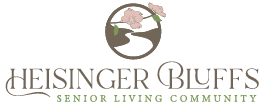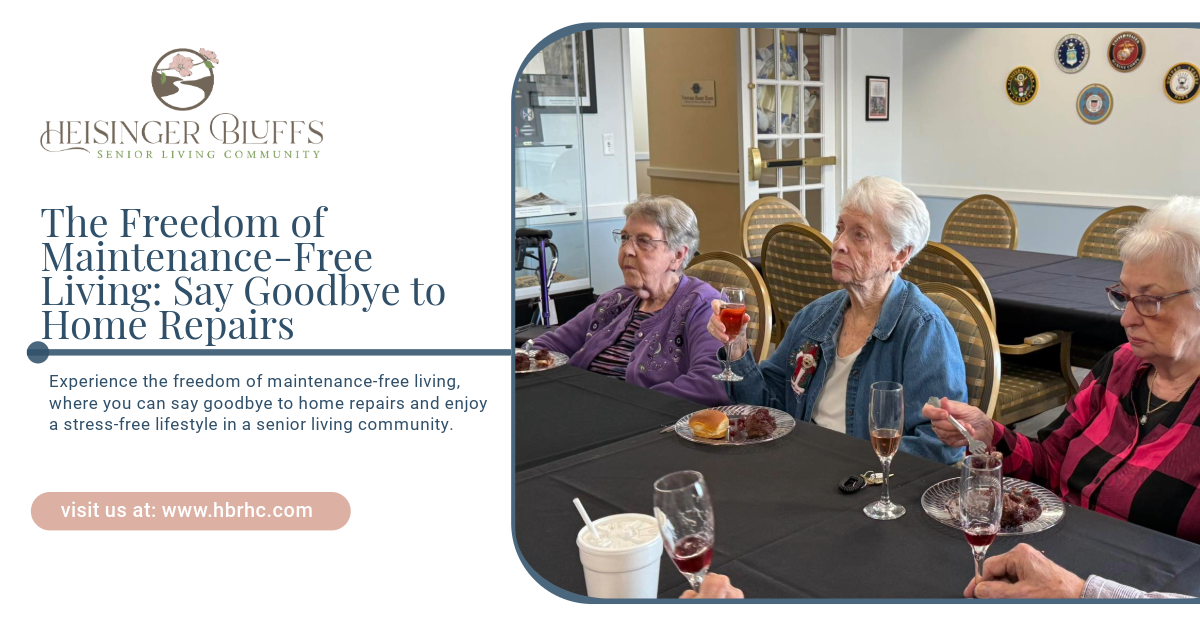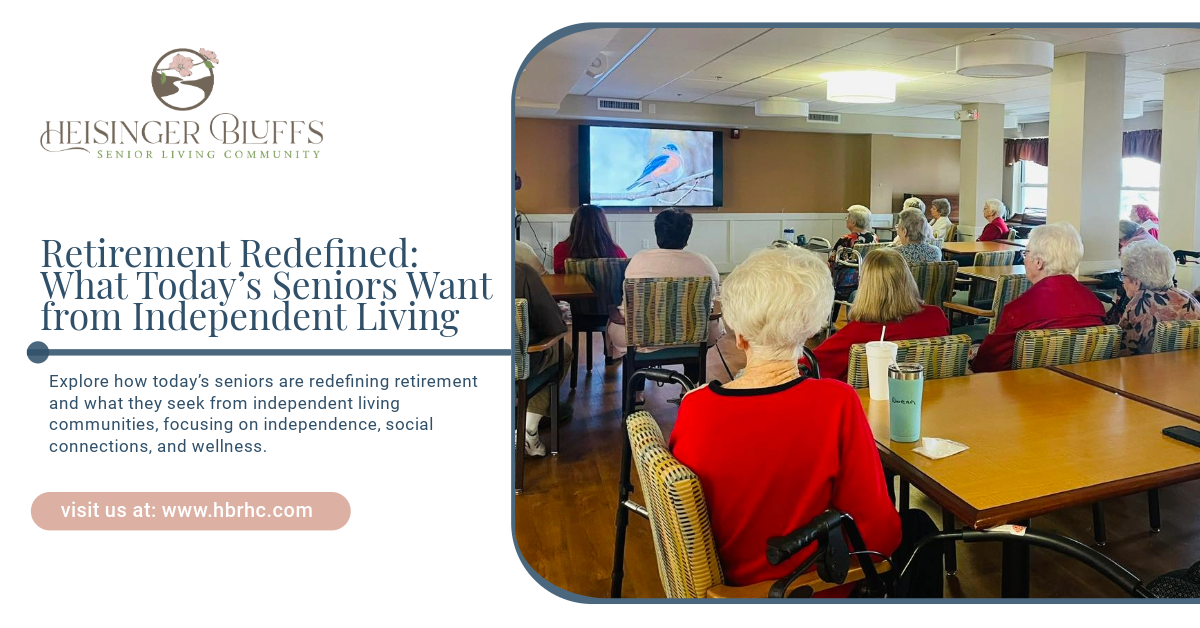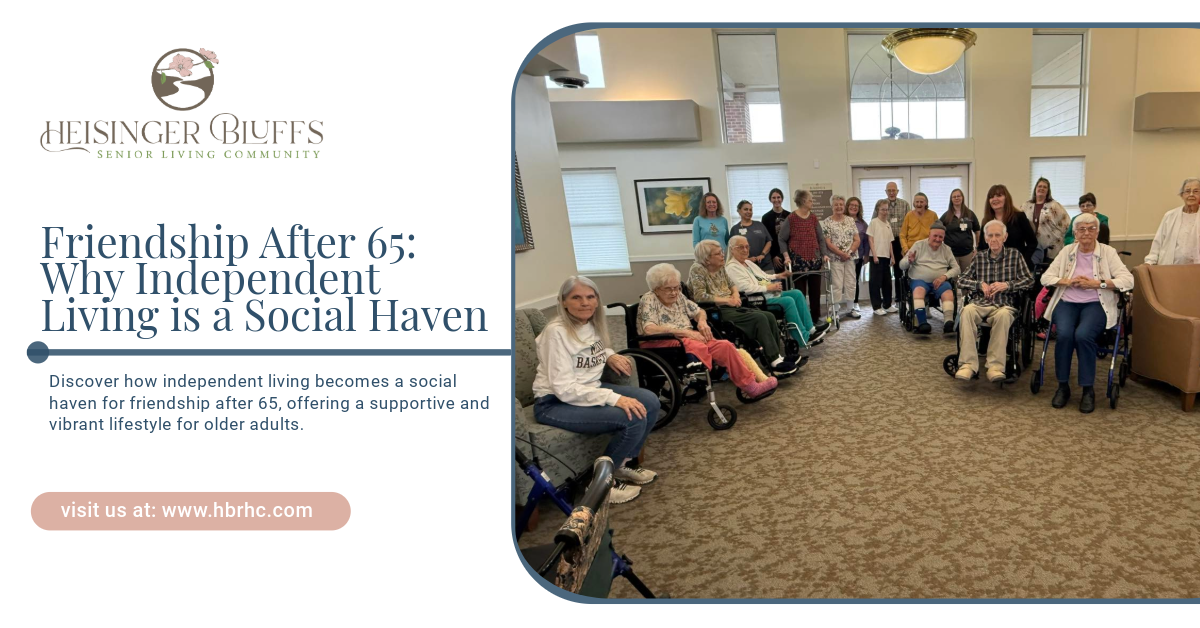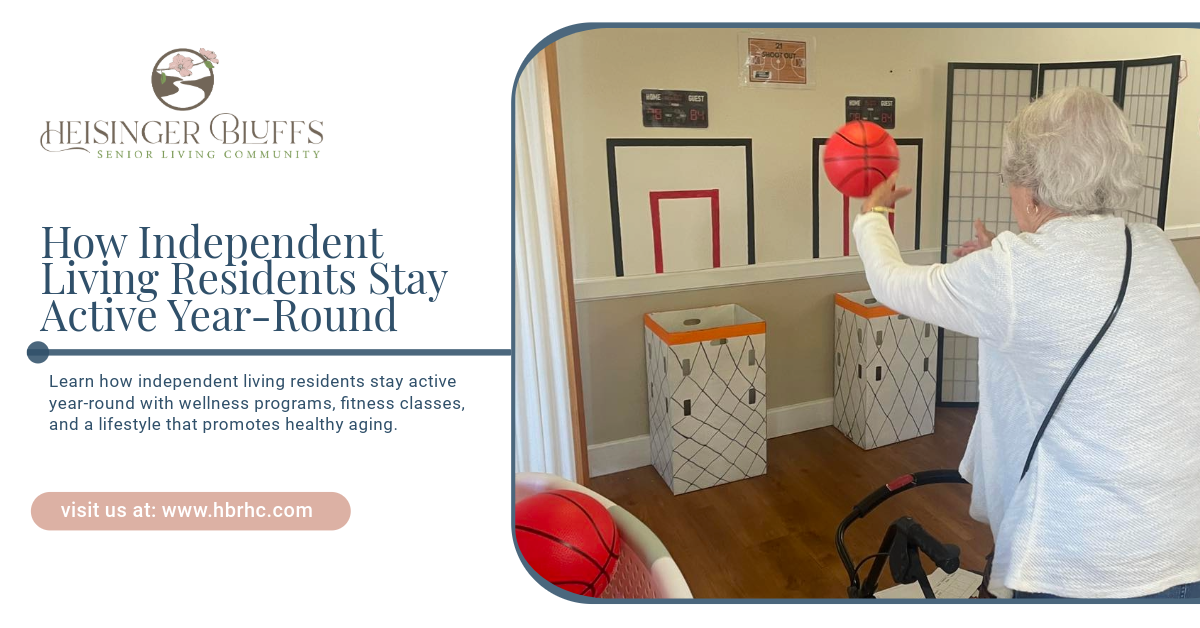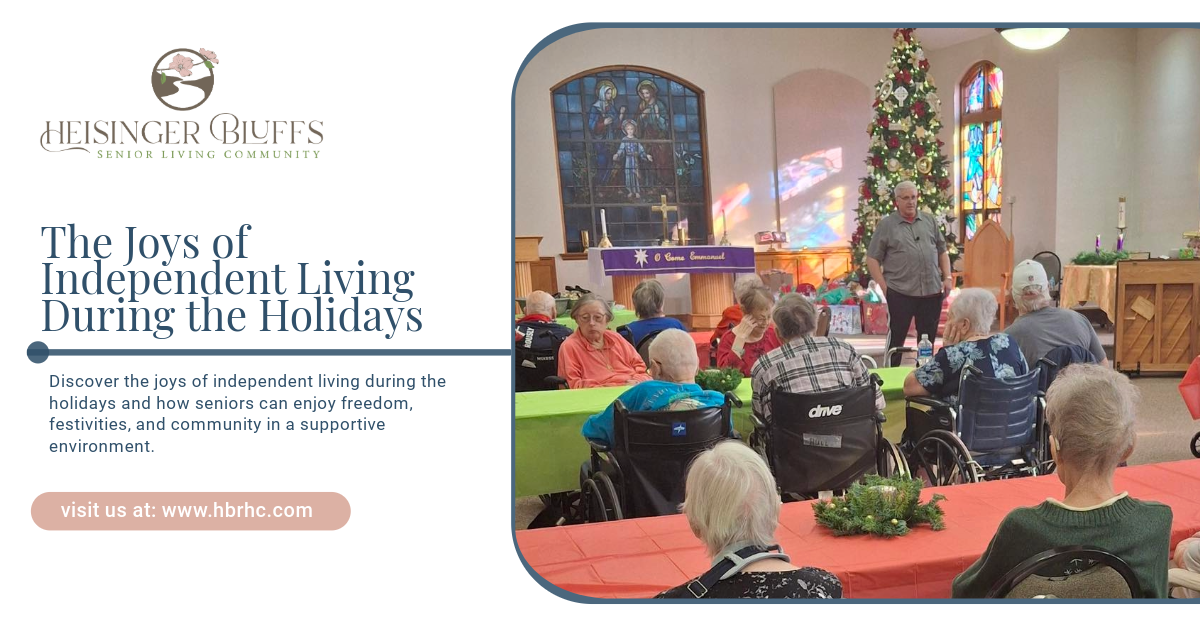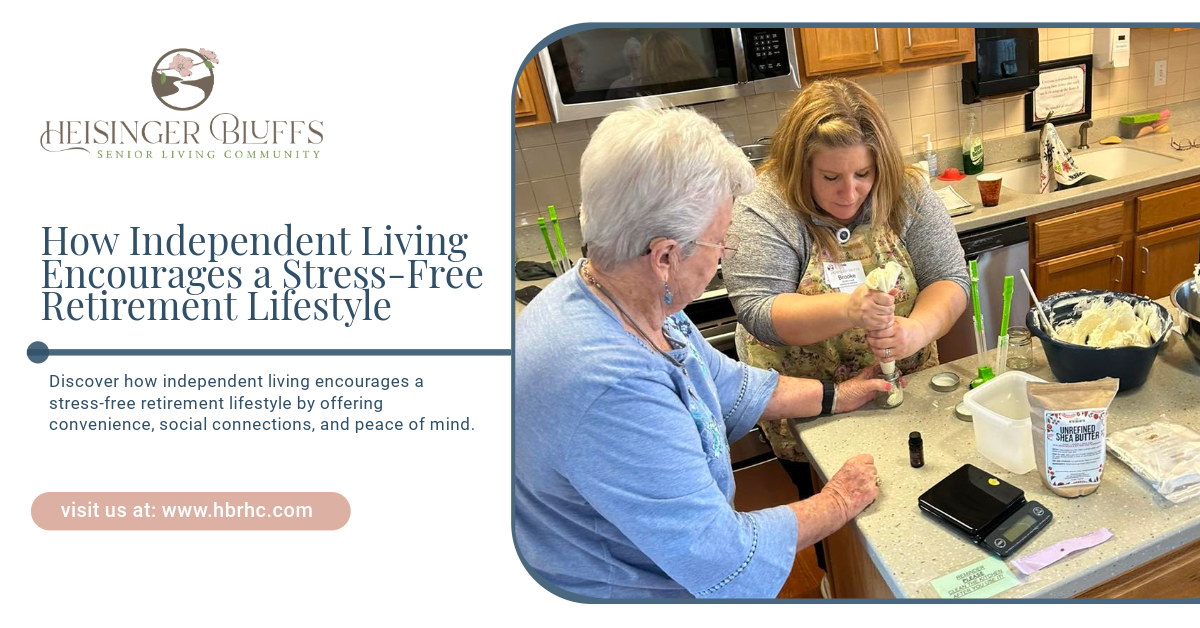Get in touch
Goal Setting in Senior Rehabilitation: A Path to Success

In senior rehabilitation, goal setting is an essential part of the recovery journey. Whether someone is healing from surgery, recovering from an injury, or regaining mobility after an illness, clear, realistic goals help guide the rehabilitation process. They provide structure, create a sense of purpose, and empower seniors to track their progress and celebrate their achievements, however small.
In this article, we’ll explore the significance of goal setting in senior rehabilitation, the types of goals typically set, how these goals foster motivation and track success, and ways in which personalized goal-setting can be implemented effectively.
The Importance of Goal Setting in Senior Rehabilitation
Goal setting provides seniors with a roadmap for their recovery journey. Each goal serves as a benchmark, helping residents stay motivated and aware of their progress. This structure can have profound benefits, including:
- Clear Purpose: Goals give residents a tangible outcome to strive for, giving their rehabilitation efforts focus and meaning.
- Encouragement and Motivation: As residents achieve smaller milestones on the way to larger goals, they gain a sense of accomplishment and encouragement to keep going.
- Progress Measurement: Goals help rehabilitation teams measure a resident's progress objectively, enabling timely adjustments to treatment plans.
For seniors, goal setting isn’t just about making progress—it’s also about feeling empowered, staying engaged in the process, and having the confidence that each day brings them closer to their recovery.
Types of Goals in Senior Rehabilitation
Senior rehabilitation goals are typically divided into short-term and long-term goals, each with a specific purpose to guide residents’ recovery.
Short-Term Goals
Short-term rehabilitation goals focus on immediate, manageable steps in the rehabilitation journey. These may involve smaller tasks or milestones that residents can achieve within days or weeks. Examples include:
- Standing up independently from a seated position
- Walking a specific number of steps with a walker
- Increasing range of motion in an affected limb by a small degree
Setting short-term goals allows residents to see immediate progress, which builds momentum. Achieving these goals can boost their morale and create positive reinforcement.
Long-Term Goals
Long-term goals set the foundation for more comprehensive recovery and often target the end of the rehabilitation process. They are broader and typically take weeks or months to achieve. Examples of long-term goals include:
- Walking without a mobility aid for a certain distance
- Regaining independence in activities like dressing, bathing, and cooking
- Building endurance to participate in recreational or social activities
Long-term goals align with residents’ broader aspirations, such as regaining independence or returning to cherished activities. These goals serve as the ultimate destination in the rehabilitation journey and provide a sense of purpose beyond the short-term achievements.
The SMART Goal Framework in Senior Rehabilitation
The SMART goal framework—Specific, Measurable, Achievable, Relevant, and Time-bound—is commonly used in rehabilitation to ensure that goals are realistic and achievable. Let’s break down each element:
- Specific: Each goal should be clearly defined. Rather than “increase strength,” a specific goal would be, “perform leg lifts using a 2-pound weight.”
- Measurable: Measurability allows residents and therapists to track progress objectively. Instead of “walk further,” a measurable goal would be “walk 100 feet with a walker.”
- Achievable: Goals should be challenging yet achievable based on the resident’s current abilities. For instance, setting a goal of standing unassisted for 10 seconds might be more realistic than expecting 1 minute initially.
- Relevant: Each goal should align with the resident’s personal aspirations, whether it’s regaining independence or achieving mobility to participate in family gatherings.
- Time-bound: Goals need a timeline to motivate the resident and keep the rehabilitation process on track. For instance, “reach this goal within four weeks” can create a sense of urgency and focus.
Using the SMART framework helps both residents and rehabilitation staff work collaboratively to set goals that are purposeful and within reach.
How Personalized Goal Setting Fosters Motivation
Personalizing rehabilitation goals is essential because every individual has different needs, abilities, and aspirations. Some residents might be focused on functional independence, while others may prioritize returning to specific hobbies or social activities.
Here’s how personalized goal setting makes a difference:
- Tailoring to Interests: When goals reflect a resident’s interests, they’re more likely to stay motivated. For example, a resident who loves gardening might set a goal of kneeling and standing independently, with gardening in mind.
- Building a Sense of Achievement: Personalized goals enable residents to see how each achievement directly benefits their lives, making them more invested in their progress.
- Creating a Positive Rehabilitation Experience: Residents who feel involved in setting their goals view rehabilitation as a collaborative process, increasing their commitment and overall satisfaction.
Involving residents in goal setting also allows them to express their preferences and have a voice in their treatment plan, which can be empowering and boost morale.
The Role of Family and Caregivers in Goal Setting
Family members and caregivers play an essential role in the rehabilitation process, especially in the context of goal setting. They can provide valuable insights into the resident’s past lifestyle, preferences, and personality, which can help shape meaningful goals. Involving family can also provide emotional support and motivation, reinforcing the resident’s efforts.
Tips for Family Involvement
- Provide Encouragement: Celebrate each milestone with your loved one, recognizing their progress and efforts.
- Attend Goal-Setting Meetings: Whenever possible, family members should attend goal-setting sessions to understand the rehabilitation plan and learn how they can support it.
- Facilitate Practice at Home: If the rehabilitation center allows, family members can help residents practice specific exercises or tasks at home, encouraging continuity in the rehabilitation process.
A supportive network can greatly enhance a resident’s commitment to their goals and help them overcome obstacles along the way.
Measuring Success in Rehabilitation
Goal setting also provides a framework for measuring success in senior rehabilitation. As residents meet each short-term goal, therapists can assess their progress and adjust the plan as needed. This approach offers:
- Objective Progress Tracking: Therapists can measure improvement in terms of mobility, strength, or function.
- Personal Satisfaction for Residents: Each goal achieved provides residents with concrete evidence of their progress, boosting confidence and satisfaction.
- Guidance for Adjusting Goals: Tracking progress allows therapists to make necessary adjustments to goals based on residents’ changing abilities or challenges.
Goal achievement is also an indicator of the rehabilitation program’s effectiveness, helping the therapy team make evidence-based decisions about future plans and interventions.
Common Challenges in Goal Setting and How to Overcome Them
Goal setting in senior rehabilitation can come with its own set of challenges, from maintaining motivation to managing setbacks. Here are some of the most common challenges and strategies for overcoming them:
- Lack of Motivation: Seniors may feel discouraged if progress seems slow. Setting small, achievable goals can provide regular milestones, giving residents something to celebrate along the way.
- Plateaus in Progress: It’s common to experience plateaus in rehabilitation. Therapists can adjust goals, incorporate new exercises, or set alternative objectives to maintain motivation.
- Pain and Discomfort: Rehabilitation exercises can sometimes cause discomfort, leading to reluctance in participation. Therapists and residents can work together to set goals that minimize pain, such as adjusting exercises or using mobility aids.
- Fear of Failure: Some seniors may feel anxious about not meeting their goals. Reinforcing a positive mindset, where every small effort counts, can help reduce the pressure.
A strong support system, a positive mindset, and encouragement from family and therapists can help residents navigate these challenges and continue working toward their goals.
Conclusion
Goal setting in senior rehabilitation is much more than a structured approach; it’s a source of motivation, encouragement, and empowerment for residents on their journey to recovery. With personalized, achievable goals, seniors can stay motivated, track their progress, and celebrate their achievements, all while working toward a better quality of life and increased independence.
At Heisinger Bluffs, we believe in the power of individualized goal setting to help each resident make meaningful strides in their rehabilitation. By working closely with our therapy team, residents can enjoy a supportive, personalized experience that guides them through their recovery journey.
Frequently Asked Questions
How do short-term and long-term goals differ in senior rehabilitation?
Short-term goals are smaller, achievable milestones that residents can accomplish within days or weeks, while long-term goals are broader objectives that may take months. Both types of goals are essential for maintaining motivation and tracking progress.
How can family members support goal setting in rehabilitation?
Family members can encourage residents, participate in goal-setting meetings, and help practice certain activities at home. Their support can provide emotional encouragement and reinforce the importance of each goal.
What should I do if I’m struggling to meet my rehabilitation goals?
If you encounter challenges in meeting your goals, it’s important to discuss this with your rehabilitation team. They can adjust your goals, modify your exercises, or provide additional support to help you overcome obstacles and keep progressing.



Want to know more?
We will get back to you as soon as possible.
Please try again later.
You May Also Like To Read
Heisinger Bluff’s Life Plan Community is here to make your senior years safe, stimulating and enjoyable so that you can savor the present, knowing the future will be taken care of.
QUICK LINKS
CONTACT
©2024. Heisinger Bluffs. All rights reserved.
